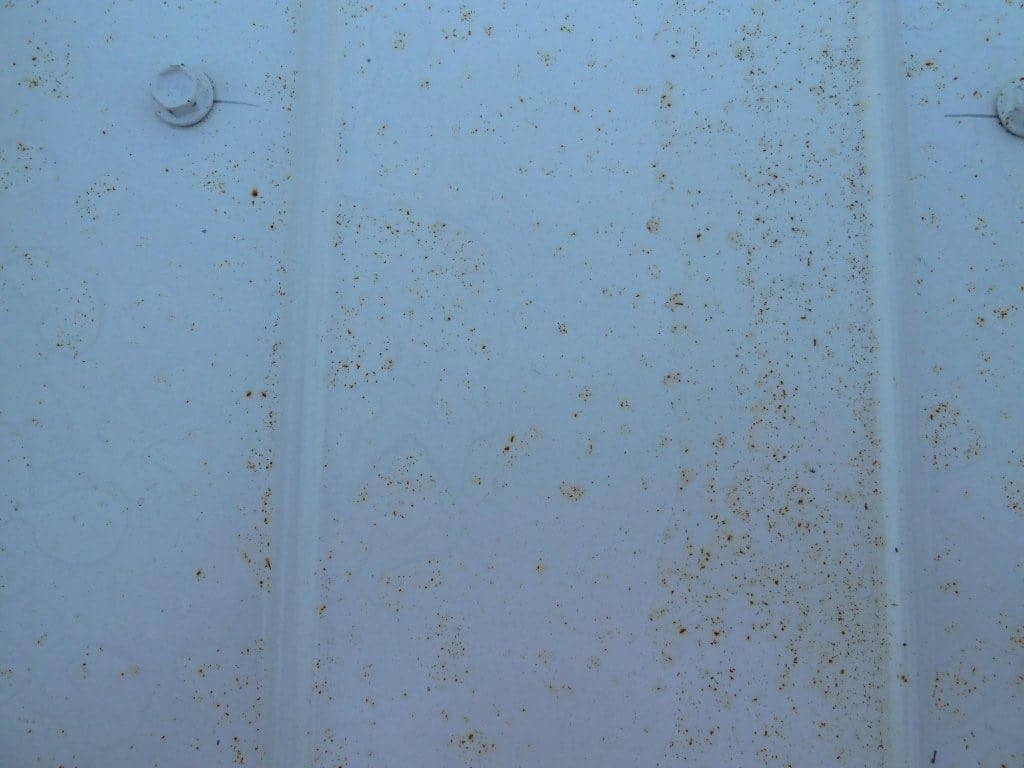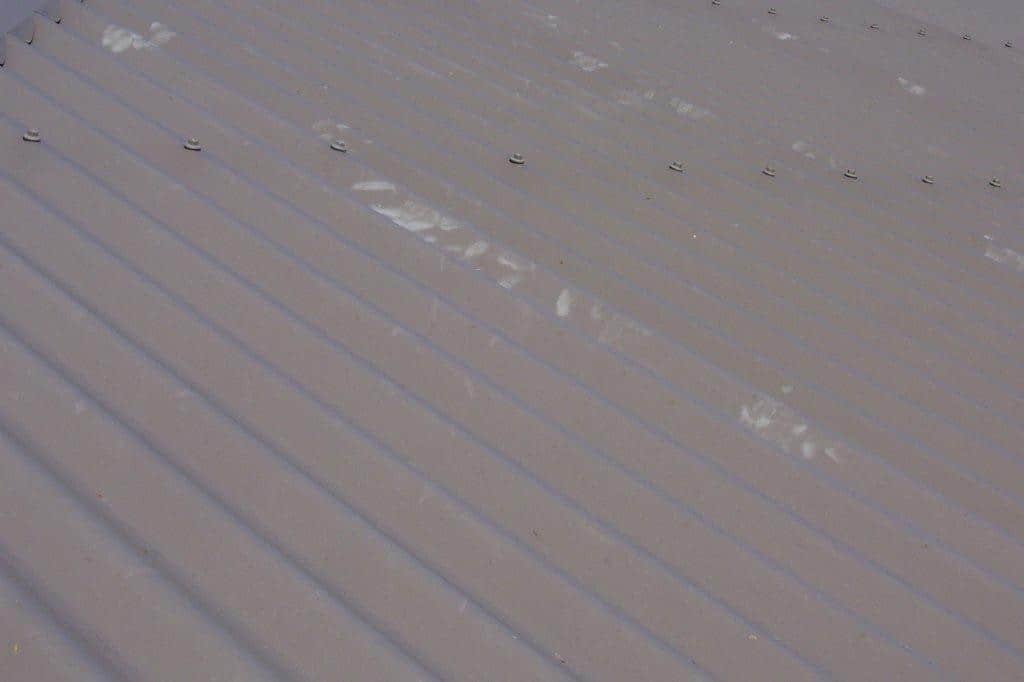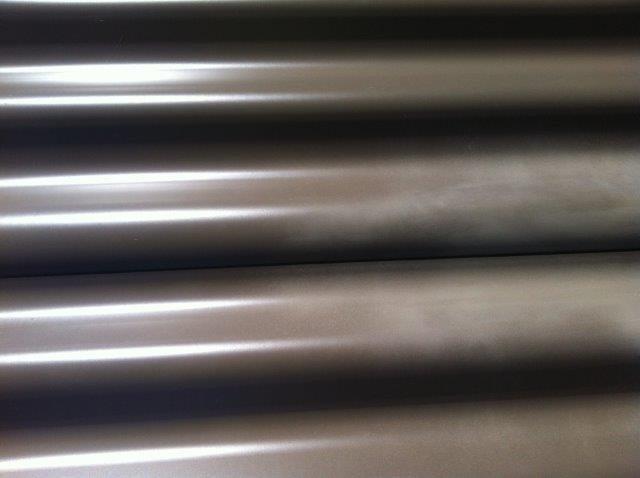Keeping up with best practice
A lot of clients choose a metal roof because, quite simply, it looks good. We’ve put together 10 helpful hints to make sure the great-looking metal roof you install stays that way for many years to come, writes Dimi Kyriakou.
If you’re a veteran in metal roofing installations, some of these tips may not come as such a surprise. For others, it’s a good chance to refresh your memory to ensure your metal roofing installation is durable and maintains its aesthetic appeal – as well as your reputation.
To help put together this article, we spoke to BlueScope national field performance manager George Thomson, who provides technical advice on the use of Colorbond steel and deals with consumer issues from across the country.
“Incorrect installation issues would cover about 20% of consumer complaints at the moment. These issues can be applied to both residential and commercial/industrial sectors. The laws of physics don’t change, whether it’s on an industrial roof or a garden shed,” he says.
Here’s what to look out for to make sure your work isn’t part of the problem.
01 Safe and dry
Steel roofing must be kept dry during transit and storage. Failure to do so can result in moisture being drawn into closely packed bundles, which can cause irreparable damage and significantly reduce its service life.
“We would argue that Colorbond is a premium building product, therefore you should look after it,” George says.
“Material should be stored dry at all times. Cover the stack with a tarp and stack sheets or bundles clear of the ground to avoid the material getting wet. If it does get wet, separate each sheet and allow it to dry.”
02 Little product, big problem
The most complete metal roofing package can be undone by one simple component – a sub-standard fastener.
While some failures can be attributed to the wrong choice of fastener, the most frustrating cause is products that do not meet the required standard.
This is why it is imperative that roofing installers ensure the correct fasteners and accessories are always used to avoid premature corrosion of roofing components.
In this type of scenario, it’s better to be safe than sorry.
“We would argue strongly that a fastener used on a Colorbond steel roof should be of equal or better durability than the roofing sheet. Our recommendation is that fasteners conform to AS 3566 Screws – Self-drilling, Class 3 or Class 4,” George says.
“The other thing that people get confused about is using stainless steel fasteners with Colorbond steel in a building that is close to the ocean. Stainless steel fasteners should only be used with stainless steel roofing, otherwise it will create a dissimilar metal couple which will accelerate corrosion.”
03 The basics of corrosion
A roofing installer needs to be mindful of corrosion potential at all times, as different metals have different physical and chemical characteristics – including the degree to which each of them corrodes.
If two dissimilar metals are placed together in the presence of water (the electrolyte), an electrolytic circuit is created and one of the metals will start corroding while the other is relatively protected or untouched.
All metals can be ranked in descending order, known as the galvanic series.
If two of these metals are placed together in the presence of an electrolyte, the higher ranked, more active metal will sacrifice itself and protect the lower ranked metal. Compatibility extends not only to materials in direct contact, but also the order in which they are placed in relation to the flow of water.
For instance, two roofing products made of the same material are naturally compatible with one another.
However, when dissimilar metals are used, you must ensure that the more active material is always higher than the less active metal in relation to water flow. The use of a galvanised box gutter is a repeat offender in this instance.
“Dissimilar metal corrosion can extend to things like pipe work from air-conditioning units and lead flashing in older buildings coming into direct contact with Colorbond steel,” George says.
Metal roofing that comes into direct contact with timber battens also needs to be managed to prevent corrosion.
“If it is isolated through the use of sarking, there won’t be a problem. Otherwise, direct contact may result in the treated timber not being compatible with the metal product. Or, the timber could get wet and, as it holds moisture, the time of wetness is increased and this will accelerate corrosion.”
04 Seal it up
Guttering and downpipes are there to direct water run-off, but even so, joints and laps may leak.
George recommends the use of neutral cure silicone sealants, as the use of incorrect sealants can result in corrosion at joints and laps or broken seals.
“How do you know it’s not neutral cure? You get a strong smell of acidic acid,” he says.
05 A clean act
Swarf refers to the steel debris that comes about from cutting or piercing coated steel roofing and walling products. In metal roofing installations, swarf may also include rivet shanks, nails, screws and nuts.
If left on the surface of the metal roof, these swarf particles will cause rust stains that will detract from the finished appearance of a project. These stains are often mistaken for early deterioration of the product.

As George explains, prevention of swarf staining is the responsibility of the roofing installer.
“At the end of each working day, sweep down the area that you’ve worked on. When the job is completed, you can thoroughly clean the roof and the gutters with a soft nylon bristle broom,” he says.
If you need to cut any material, it is best to use a cold cutting saw and work on the ground away from other sheets of roofing. Doing this avoids generating hot particles (that would result from using an angle grinder) and creating a jagged edge which could rapidly corrode.
06 the wrong type of pond
We’ve all seen plants growing in gutters at one point or another. But what causes this to happen and how can you avoid it?
In essence, the unwelcome plant growth is due to the build-up of dirt and moisture in the gutter. The best way to avoid this from happening is to install gutters and downpipes in a way to avoid ponding, or pooling, of water.
“Ponding is often seen in gutters that don’t have the correct fall. It extends the time of wetness and accelerated corrosion can occur,” George says.
It is recommended that gutters and downpipes are designed and installed as specified, so the product can allow water to easily flow through and away.
“Choosing a roofing profile that is designed for the roof pitch will also ensure free drainage and therefore extend the life of the roof.”
07 Sunscreen smart
Working on a metal roof means working outside – so you need to take care to prevent personal sun damage.
However, in recent years it has been found that sunscreens containing semi-conducting metal oxides such as titanium oxide and zinc oxide will continue to damage the paint system on metal roofing materials in the presence of UV light and moisture.
“We know our fixers are going to use sunscreen and therefore we have to ensure they use the right one. Otherwise it can be quite unsightly,” George explains.

For personal safety and to protect the surface of the material, it is recommended to:
Wear clean, dry, cut-resistant gloves.
Take suitable precautions against personal sun damage.
Prevent contact of the painted surface with sunscreens that contain titanium oxide or zinc oxide.
08 A not-so-perfect match
The touching-up of minor superficial paint damage such as surface blemishes and fine scratches should be avoided as much as possible.
“The colour durability of touch-up paint is different to Colorbond, so in a short period of time it will look different. Our recommendation is that if you can’t see the scratch from the street, leave it alone. There is enough metallic coating around the scratch to look after it,” George says.
“Occasionally fastener heads are coated with touch-up to match the roof. We don’t recommend that because you can buy fasteners to match the roof colour from reputable suppliers.”
09 Listen up, Brickies
There is a not-so-obvious trap associated with brick cleaning, when the brickwork is cleaned with hydrochloric acid.
“If you have to clean your brickwork, ensure that it’s cleaned before the pre-painted steel products are installed. If you can’t, try to mask the pre-painted steel product if possible,” George explains.
“The other option is to ensure that following the brick acid cleaning, the pre-painted steel products are thoroughly washed down.”

10 A good wash
If you’re going to clean down the roof for whatever reason, George recommends using a diluted solution of kitchen detergent applied with a soft nylon bristle broom and thoroughly rinsing the roof afterwards.
“The underlying concern is the risk of working at heights. If you need to clean the roof or patio and you can do it from a ladder, without having to get on the roof, that’s what we would recommend.”
Remember that the correct choice of product in metal roofing installations is paramount. If in doubt, there are plenty of helpful documents and tools available, including the Technical Bulletins published on the BlueScope website
(www.bluescopesteel.com.au). Otherwise you can call the company’s Steel Direct line on 1800 800 789.
